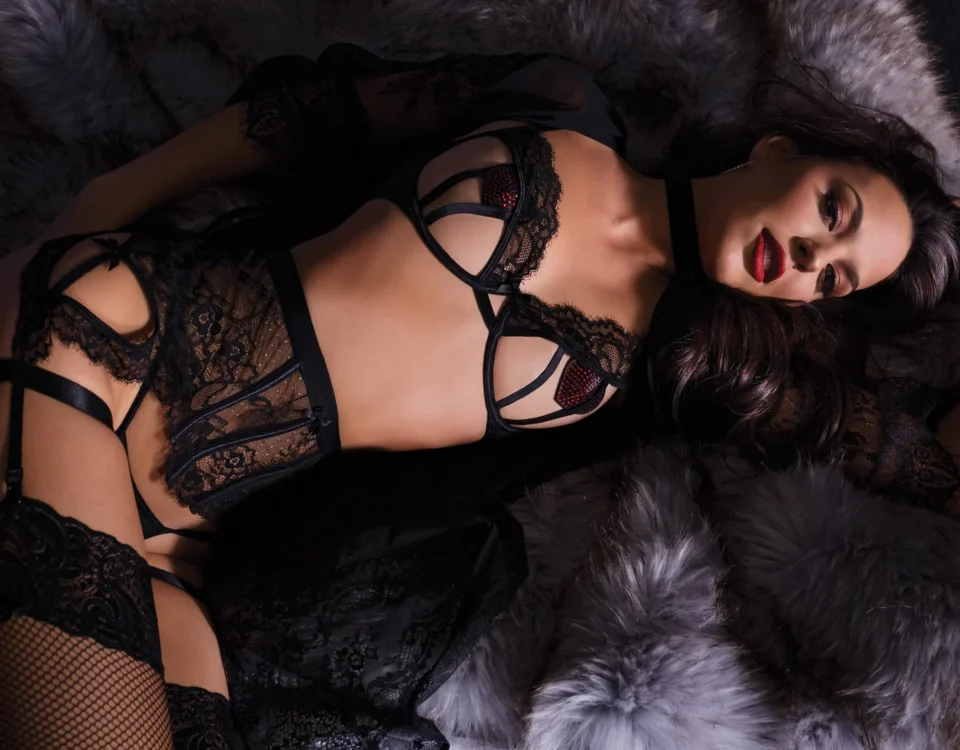Lingerie is an intimate garment that requires great care and attention to detail during the production process. Every aspect, from the choice of fabric to the final stitching, must be carefully considered to create lingerie that not only looks great but also feels comfortable to wear. In this article, we’ll take a deep dive into the lingerie production process, covering everything from design to delivery.
Step 1: Design
The first step in the lingerie production process is designing the garment. This is where the creativity and vision of the designer come into play. The designer takes inspiration from current fashion trends, customer feedback, and their own imagination to create a design that is both beautiful and functional.
Once the designer has a clear idea of what they want to create, they begin to sketch out the design on paper or on a computer. This allows them to refine the design, make changes, and get a clear sense of what the finished product will look like.
Step 2: Fabric Selection
The choice of fabric is crucial to creating high-quality lingerie. The fabric must be comfortable, durable, and have the right amount of stretch to provide support where needed. Some of the most common fabrics used in lingerie production include silk, lace, satin, and cotton.
The fabric is sourced from suppliers and is carefully inspected to ensure it meets the high standards required for lingerie production.
Step 3: Cutting
Once the fabric has been selected, it’s time to cut the pattern pieces. The pattern is laid out on the fabric, and the pieces are cut using a rotary cutter or a pair of sharp scissors. It’s important to be precise during this step to ensure that the pieces fit together correctly during the sewing process.
Step 4: Sewing
The sewing process is where the magic happens. This is where the cut pieces are stitched together to create the finished garment. Skilled seamstresses use specialized machines to sew the lingerie, ensuring that each stitch is straight and strong.
During this step, any additional embellishments, such as lace, ribbons, or bows, are added to the garment.
Step 5: Quality Control
Once the lingerie has been sewn, it’s time for quality control. Each garment is inspected to ensure that it meets the high standards required for lingerie production. Any flaws or imperfections are corrected before the garment moves on to the next step.
Step 6: Packaging and Delivery
The final step in the lingerie production process is packaging and delivery. The lingerie is carefully folded, placed in a protective bag, and then packed into a shipping box. The boxes are labeled and sent to the warehouse, where they await delivery to the customer.
In conclusion, the lingerie production process is an intricate and highly detailed process that requires skill, expertise, and attention to detail. By following these steps, lingerie manufacturers can create high-quality lingerie that not only looks beautiful but also feels great to wear.
Related











